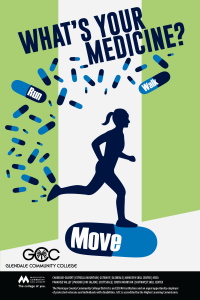There are really two kinds of dreams, dreams we have for ourselves (personal goals and desires) and those we have for the world around us. But dreams don’t have to be these surreal or unobtainable goals, no matter how big they are. For those who enjoy viral internet trends, you may have seen a little gem with Shia LeBeouf giving an inspiring “speech” entitled, “Just Do It.” During the motivational and comically energetic rant he utters one very important line, “Don’t let your dreams be dreams.”
[youtube https://www.youtube.com/watch?v=ZXsQAXx_ao0?rel=0]
The dreams we have for ourselves usually involve work or family. On the surface they seem much more obtainable. For example, I often dream of working as full time faculty and finally being able to move on from ten years of working part time at multiple schools. I dream of raising a child with my wife and doing the best I can to provide the same support she has provided me ever since we started dating fifteen years ago. I’d like to think those are obtainable dreams. But dreams don’t come true if you fail to act on them, they require action. My adjunct work at GCC allowed me to start working towards some of my personal dreams. I have been given the opportunity (and even encouraged) to present at meetings, develop curriculum, and even help design entire courses. Those are all very real opportunities that serve as important and needed experience. I may not have reached my dream yet, but those opportunities acted upon are progressive steps.
The dreams we have for the world around us are usually far more reaching, but that doesn’t mean they can’t be acted upon just like personal goals. My far reaching dream would be to live in a world free from prejudice and bias. When I lived in Detroit I was able to see firsthand how horrible and destructive those forces can be. I may just be an adjunct English instructor, but even from that position I can act on my dream to create that better world. By encouraging critical thinking, healthy debate, and empathy in the classroom, slowly but surely, one student at a time, the world becomes a better place through my actions. I can’t have an impact on everyone, but each student I do have a positive influence on creates a ripple, and those ripples may be felt around the world.

So don’t just sit and dream, take action, even a small step. Let the sleeper awaken and watch the world around you slowly change into to the one you imagined and hoped for. Just do it.

